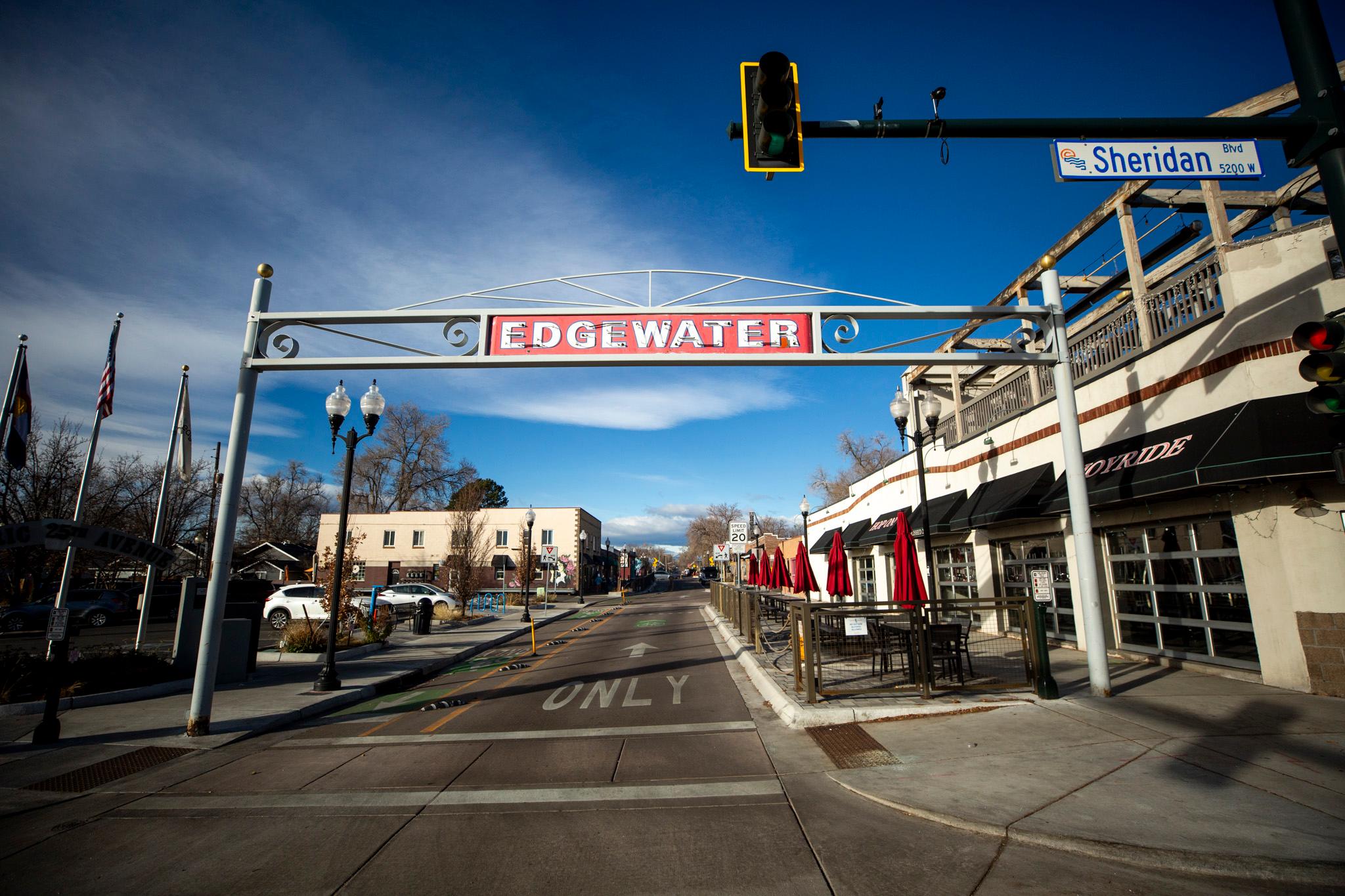Try driving to the River North district on a Friday night. Once you've maneuvered around the construction cones and the drunk people on bicycle-powered buses, the real challenge is finding somewhere to park among the warehouses, bars and endless rows of cars on its streets, which often lack sidewalks.
"We realize we’ve kind of reached a critical point on this. The tension’s starting to build with more people, more construction," said Jamie Licko, president of the River North Art District.
In response, the district is embarking on a study that could result in significant changes to the parking situation along Brighton and the area's other streets.
"We have very little parking management happening here right now," Licko said.
"For the most part, RiNo's still a free-for-all, and that’s pretty odd for a neighborhood ... at this point in our evolution, that you can park for the most part free and without time restrictions."
The study, which the local business improvement district plans to take on with the city, will look at a few options.
First, it'll ask whether time limits for street-side parking might free up spots more often.
It also will look at whether the area could make better use of existing parking, such as the Rockies overflow parking at Blake and 27th streets; and it will try to lay out a collaborative strategy for the new parking garages being built by private developers and potentially by the city for the National Western Center.
Moreover, RiNo's looking at the extent to which traditional parking really is the answer. "There’s people on our board who don’t want the word parking at all to be involved in (the name of) our study," Licko said.
"We're looking at not just the present, but the future," she explained.
"We’re really trying to be thoughtful not just as we look at parking alone, but parking into the future: How will driverless cars impact on that? How can we use circulators or transit that alleviates traffic? How do we build parking that can be changed in the future?"
The city and developers already are taking on pedestrian-friendly projects on Brighton Boulevard, over and along the South Platte River, and on Washington Street, not to mention the new rail station at 38th and Blake.
For now, though, Licko acknowledged that automobiles remain one of the main ways people get around the former industrial area, which in many places lacks even basic sidewalks.
"We’re still a car-oriented population here," she said.
The improvement district, which is funded by an extra local property tax, also is trying to incorporate other groups' parking concerns.
For example, the Curtis Park neighborhood group intersects with RiNo's boundaries and recently worked with the city on new parking restrictions for areas, including Larimer Street, Licko said.
"Our neighborhood (businesses) got pretty upset about that, and I think rightfully so, because you’re starting to put restrictions on one of our streets without looking at how the commercial corridor works together," she said. "It’s just going to create problems at other parts."
RiNo's supportive of the new restrictions on Larimer and of Curtis Park's work on the issue, but wants to tackle the issue as part of the more holistic look at traffic around River North.
"We think the recommendations for Larimer are wise, and time restrictions are critical, but we need to do it in a way that won’t have a domino effect of negative impacts in other commercial areas," she wrote later in an email.
Licko is preparing to issue a request for proposals to find the company that will conduct the parking study and hopes to have it underway soon. Meanwhile, if you have some comments to share on the RiNo parking situation, email me.
This story was updated with further comments from Licko about the Curtis Park study.













